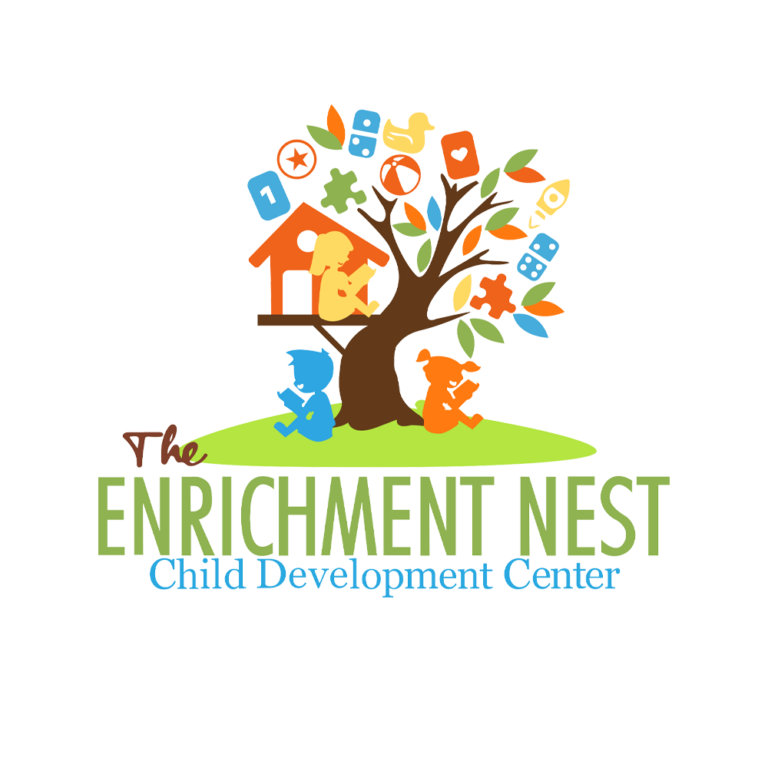This is the seventh in a series of blogs in how to teach your toddler how to read at an early age.
As an advocate for early childhood education, I predict that nurturing comprehension skills in toddlers between the ages of 2 and 5 is pivotal for their future academic success. Children should be encouraged to read, even at a young age, as it lays the foundation for a lifelong love of learning and fosters cognitive development. However, teaching comprehension at this tender age requires creativity and a deep understanding of child psychology.
One effective method to engage toddlers in comprehension activities is through picture reading. Toddlers are naturally drawn to colorful images, and pairing these visuals with simple stories or descriptions helps them make connections between words and their meanings. By pointing out objects in the pictures and asking questions about them, caregivers can encourage active participation and build comprehension skills in an enjoyable way.
Matching games are another valuable tool for developing comprehension in toddlers. These games not only enhance memory and cognitive abilities but also help children make associations between different objects or concepts. Whether it’s matching animals to their homes or shapes to their outlines, these activities stimulate critical thinking and lay the groundwork for more advanced comprehension tasks in the future.
Storytelling through Lego building is a unique and engaging way to foster comprehension skills in toddlers. By using Lego bricks to create scenes from stories or their own imagination, children can express themselves creatively while also practicing sequencing and narrative comprehension. Encouraging toddlers to retell stories through Lego builds not only reinforces their understanding of the plot but also enhances their language development and communication skills.
One crucial aspect of teaching comprehension to toddlers is to never criticize. Toddlers are still learning and developing, and it’s essential to create a supportive and nurturing environment where they feel comfortable exploring and making mistakes. Instead of focusing on what they get wrong, caregivers should celebrate their efforts and provide gentle guidance to help them improve.
In conclusion, fostering comprehension skills in toddlers between the ages of 2 and 5 is a vital component of early childhood education. By incorporating activities such as picture reading, matching games, storytelling through Lego building, and maintaining a positive and encouraging atmosphere, caregivers can set toddlers on the path to becoming confident and proficient readers. Remember, every small step towards comprehension is a significant achievement in the journey of early childhood development.






